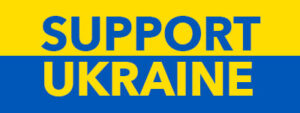Ukrainian Jewish Heritage: Hannukah 2015
Hanukkah is a joyous holiday, celebrated every year by Jews around the world with the lighting of candles or wicks in olive oil on a candelabra called a “menorah”, or “hanukkiya* in modern Hebrew. Traditional Hanukkah treats include potato latkes, called plyatsky or deruny in Ukrainian, and sufganiyot, doughnuts with jam, called pampushky in Ukrainian. […]



